In the past, assessing whether someone walked normally relied mostly on “visual observation.” But today, with the continuous advancement of digital rehabilitation technology, a device called the plantar pressure gait analysis system is quietly changing how we understand gait, posture, and health.
This system not only records the distribution of plantar pressure but also accurately captures dynamic data such as step frequency, stride length, and center of gravity shift, helping us "see every step more clearly."
So the question is: Which groups of people are suitable for this high-tech device? Who can truly benefit from it?
1. Children and Adolescents: A Key Period for Gait Screening During Growth
Children’s bones grow rapidly. Issues like in-toeing, out-toeing, collapsed arches, or heel misalignment—if not detected early—may affect long-term posture development.
The plantar pressure system can complete dynamic scanning in a short time, evaluating arch conditions, walking balance, and gait coordination. It's an effective tool for pediatric gait screening, orthotic insole customization, and youth sports intervention.
2. Middle-aged and Elderly: Preventing Falls and Evaluating Gait Deterioration
As people age, their pace often slows and shortens. Gait instability and shuffling become more common, and falls are a leading cause of health decline in seniors.
This device can assess step length, center of gravity displacement, and step frequency in real time, helping to identify fall risks and providing precise data for daily rehabilitation and gait correction.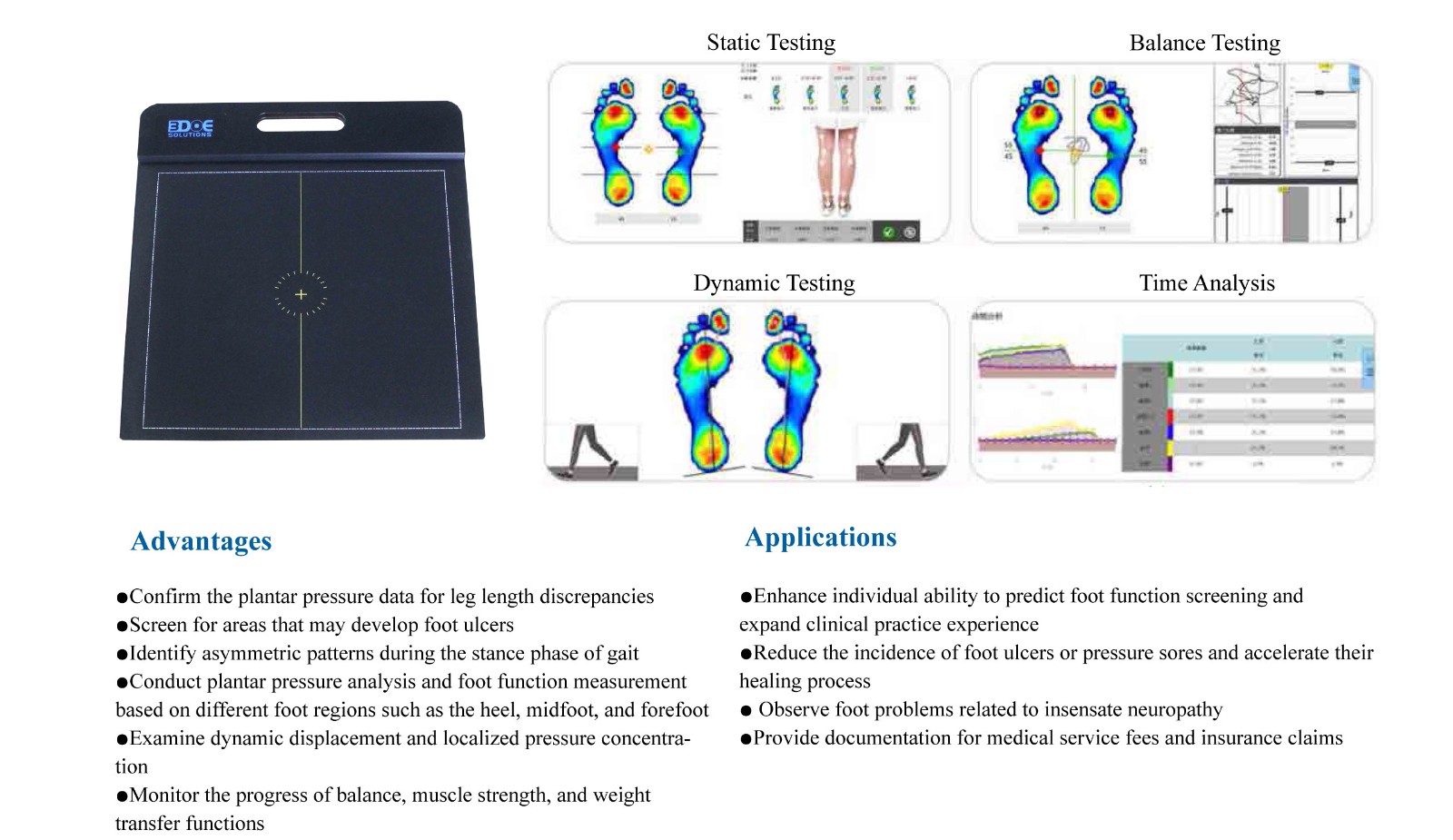
3. Sub-healthy Populations: Those Experiencing Foot Fatigue from Prolonged Sitting or Standing
Teachers, doctors, sales staff, factory workers—those who stand or walk for long periods—often suffer from foot fatigue, knee weakness, or arch collapse.
Plantar pressure analysis helps identify overloaded areas and compensatory walking behaviors, offering objective data for insole adjustments, work shoe selection, and posture optimization.
4. Chronic Disease Patients: Monitoring Risks in Diabetics and Rheumatic Populations
Diabetic patients are especially vulnerable to foot complications. This system can identify high-pressure zones on the soles early, preventing ulcers and pressure injuries.
Patients with rheumatoid arthritis or gout can also use it to detect pain-avoidance behavior while walking, helping doctors to make targeted interventions.
5. Sports Enthusiasts and Professional Athletes: Enhancing Performance and Preventing Injuries
In running, basketball, and fitness, improper gait or landing methods can lead to joint strain and plantar fasciitis.
Gait analysis helps users understand whether they land on the forefoot, midfoot, or heel, whether there's a unilateral load, or if the stride is unbalanced—allowing for training optimization and injury prevention.
6. Postoperative Recovery Patients: A Scientific Tool for Monitoring Rehabilitation Progress
After ankle or knee surgery, many patients need to assess whether they can walk and how stable they are. Traditionally, this relied on experience, but now, the plantar pressure gait analysis system can provide real-time quantitative data to assist doctors in evaluating recovery progress and adjusting rehabilitation plans accordingly.

 +86-0755-86131192
+86-0755-86131192 2025-06-25
2025-06-25 Back to list
Back to list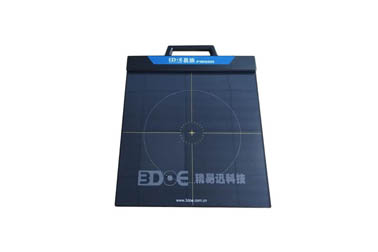
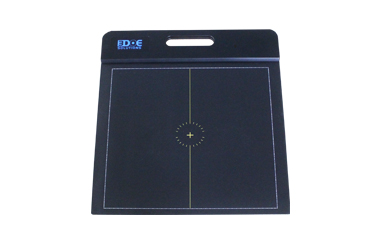

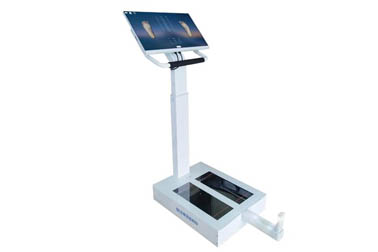
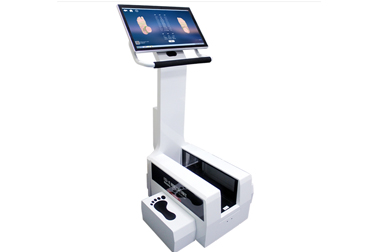
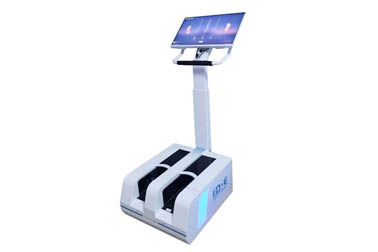



 +86-0755-86131192
+86-0755-86131192